New tools developed to treat recurrent patellofemoral instability, a common problem
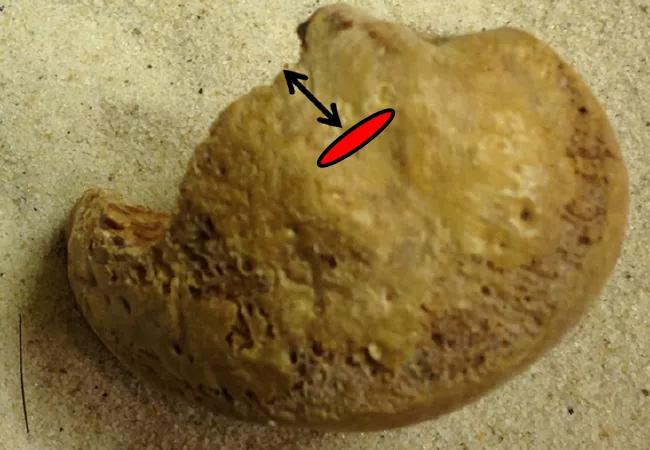
Cleveland Clinic is a non-profit academic medical center. Advertising on our site helps support our mission. We do not endorse non-Cleveland Clinic products or services. Policy
Recurrent patellofemoral instability is quite common. Following an index patellar dislocation, the rate of recurrent dislocation is estimated to be 15 to 44 percent. Recurrent patellofemoral instability can be intermittently debilitating for patients when conservative measures fail. First-line treatment typically includes activity modification, physical therapy and bracing. When conservative management fails, surgical intervention may be warranted to prevent further patellofemoral dislocations.
Surgical management of this problem has been clearly defined in the skeletally mature knee. Due to the presence of open growth plates at the proximal tibia and distal femur, surgical management of this entity in the skeletally immature knee is technically challenging in order to avoid iatrogenic injury to the distal femoral physis. Through anatomic and radiographic investigation, we have provided several tools to assist surgeons with safe patellofemoral stabilization in the skeletally immature knee.
Historically, nonanatomic soft tissue procedures and osteotomies were utilized to address recurrent patellofemoral instability. These procedures commonly caused osteoarthritis as a result of increased patellofemoral joint contact pressures.
More recently, the medial patellofemoral ligament (MPFL) has been identified as the major soft tissue restraint to lateral patellar dislocation (60 percent). With this improved understanding, interest has grown in using MPFL repair and reconstruction to address refractory patellar instability, and the procedure has proved successful.
A key step in the procedure is correct anatomic placement of the MPFL femoral tunnel. Schottle et al described a radiographic method of localizing the femoral footprint of the MPFL on a lateral radiographic image, based on several radiographic landmarks. Although Schottle’s method has been shown to be reproducible in the adult population, it has never been validated in the pediatric population. The distal femoral physis has a complex, undulating anatomy that makes extrapolation of Schottle’s technique to the pediatric population difficult. Using Schottle’s method, Shea et al incorrectly concluded the MPFL femoral footprint was proximal to the distal femoral physis.
To address this issue, we studied and outlined the difficulty with utilization of Schottle’s method in the skeletally immature knee (in press). We subsequently have demonstrated that there is considerable interobserver variation in approximating the MPFL femoral tunnel utilizing Schottle’s method in the skeletally immature knee. Utilizing this method alone can place the distal femoral physis at risk.
Adding to the difficulty of anatomic MPFL reconstruction in the skeletally immature knee, the MPFL femoral footprint is situated very close to the distal femoral physis. We have previously shown that the MPFL femoral footprint is situated just 8.5 mm distal to the distal femoral physis (Figure 1).
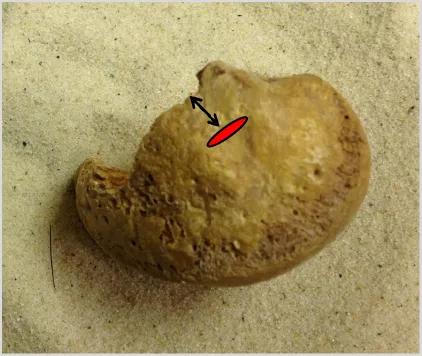
Figure 1: Medial patellofemoral ligament femoral attachment (red oval) seen distal to the distal femoral physis.
Accurate placement of the MPFL is extremely important as iatrogenic injury to the growth plate could potentially result in growth arrest and subsequent angular deformity of the distal femur. The findings of our anatomic study show that the MPFL footprint is far enough distal to the femoral growth plate to allow placement of an anatomic femoral tunnel without putting the physis at risk. Furthermore, we have also described a safe zone for femoral tunnel placement in the skeletally immature knee. By drilling the femoral tunnel at an angle of 15 to 20 degrees distal and anterior from the MPFL femoral footprint, surgeons can minimize risk to the distal femoral physis, intercondylar notch and distal femur articular cartilage (Figure 2).
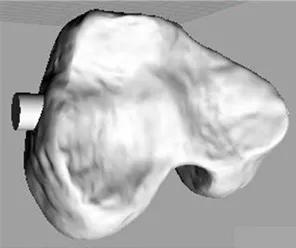
Figure 2: Simulated anatomic MPFL tunnel seen avoiding the distal femoral physis.
Medial patellofemoral ligament reconstruction can be safely performed in the skeletally immature knee. While Schottle’s method has been shown to be reproducible in estimating the site of the MPFL femoral footprint, special care should be taken in the skeletally immature knee. Considerable interobserver variability exists with this technique. This variability may place the distal femoral physis at risk during MPFL femoral tunnel drilling. Successful anatomic reconstruction of the MPFL can be accomplished with careful femoral tunnel starting point localization on both AP and lateral radiographic images, by understanding the anatomic location of the MPFL femoral footprint and by utilizing the described safe zone for MPFL femoral tunnel drilling (Figure 3).

Figure 3: Demonstration of anatomic tunnel placement during MPFL reconstruction in the skeletally immature knee.
Reference: Huston KL, Okoroafor UC, Kaar SG, Wentt CL, Saluan PM, Farrow LD. Evaluation of Schottle’s method in the pediatric knee. Orthop J Sports Med. 2017. In Press.
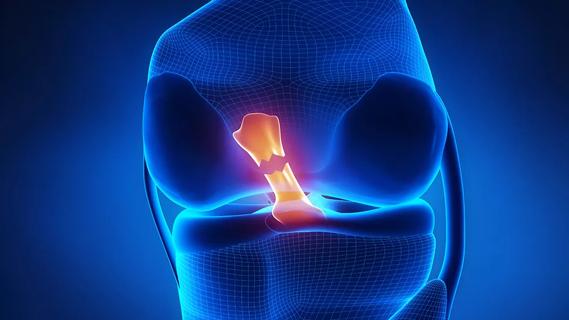
Study reports zero infections in nearly 300 patients
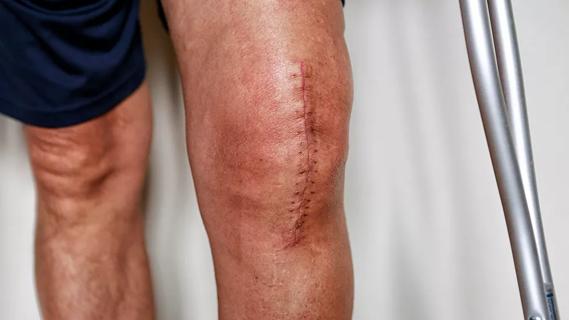
How to diagnose and treat crystalline arthropathy after knee replacement
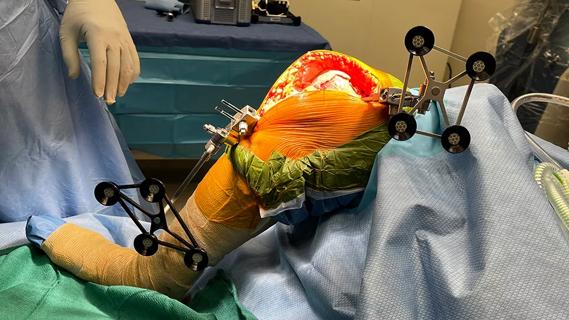
Study finds that fracture and infection are rare

Reduced narcotic use is the latest on the list of robotic surgery advantages

Cleveland Clinic orthopaedic surgeons share their best tips, most challenging cases and biggest misperceptions

How it actually compares to posterior and lateral approaches
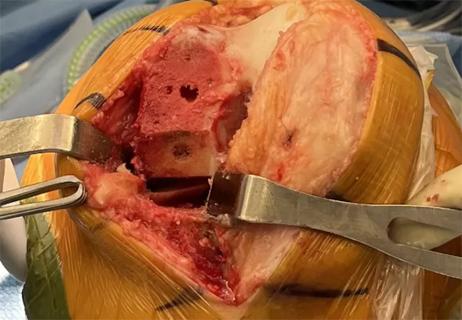
When procedure is performed by high-volume surgeons, outcomes are comparable to total knee replacement
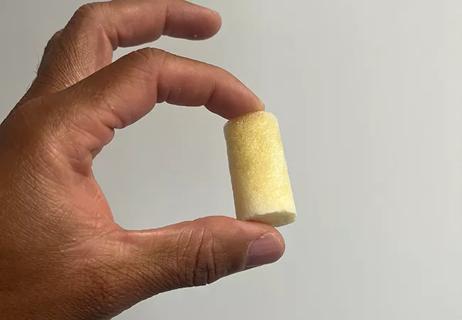
Clot substitute helps rejoin the stumps of a torn ligament